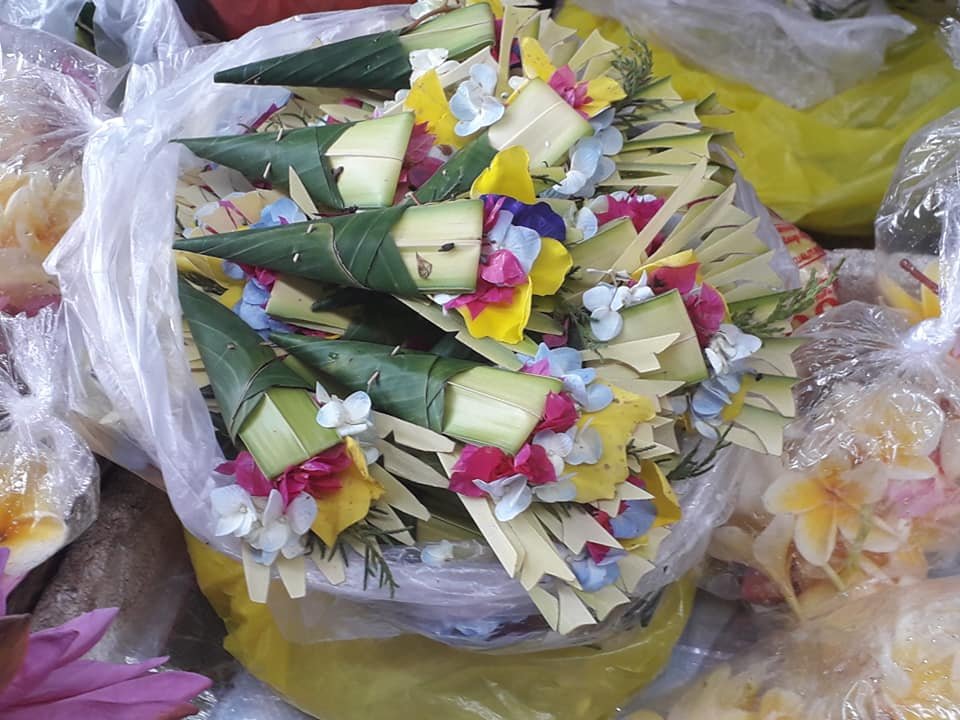The fabled Balinese life is real as I discovered the moment I landed at the modern yet traditionally-embellished Ngurah Rai International Airport at Denpasar. Orchid blooms cascaded from their pots and the

Flowers are all around and the Balinese love for nature and beauty is evident in the profuse colorful blossoms in the market for canang sari or temple offering, or on the museum steps dotted with marigolds, or in the paper napkins folded and carefully piled up in the holder to resemble a lotus. Even trees are not spared the black-and-white checkered fabrics (
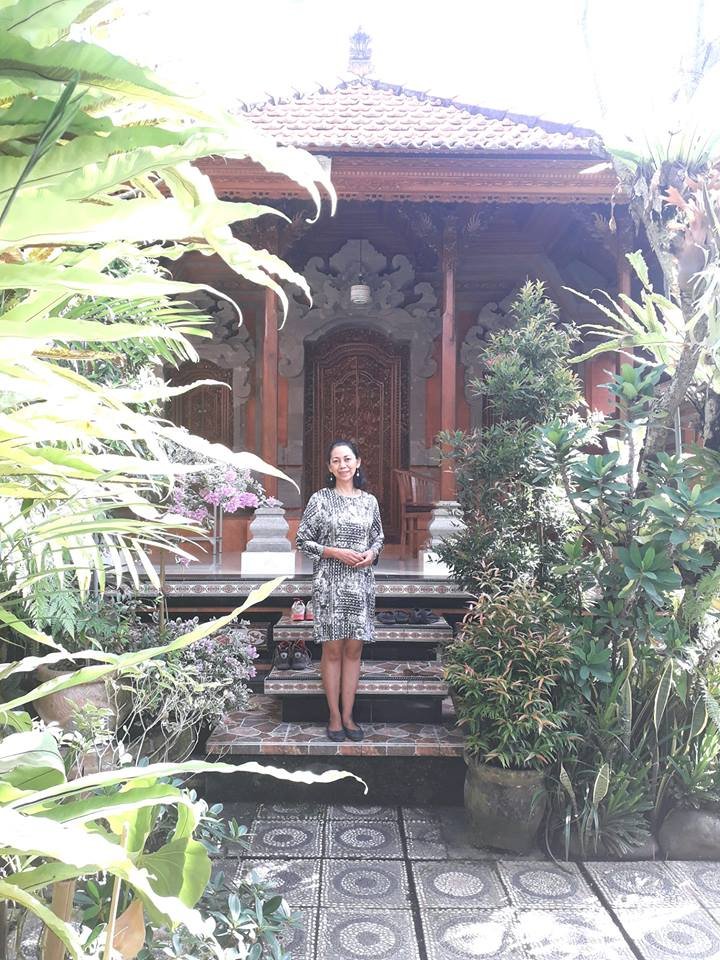

Although Dutch rule had a dominant role in the history of Indonesia, it is an amazing experience to see this part of the archipelago still continuing the traditions of their forefathers. Basically Javanese as a background, Bali practises Hinduism in a country that is predominantly Muslim. This fact had shaped the culture and way of life of the Balinese from customs, to cuisine, to garb, to architecture and the environment.
At the Ngurah Rai, the sales clerks were in their kebaya and kain (for the females), and shirt, kain and the headdress
It was a jolting revelation for me to see some women carrying their basket of offerings on their heads and walking in a file to some temple. At temples, no one enters unless modestly attired and at the Holy Spring, sarongs are lent out to those who need to cover up. To think that Bali is known the world over for its bare-breasted women!



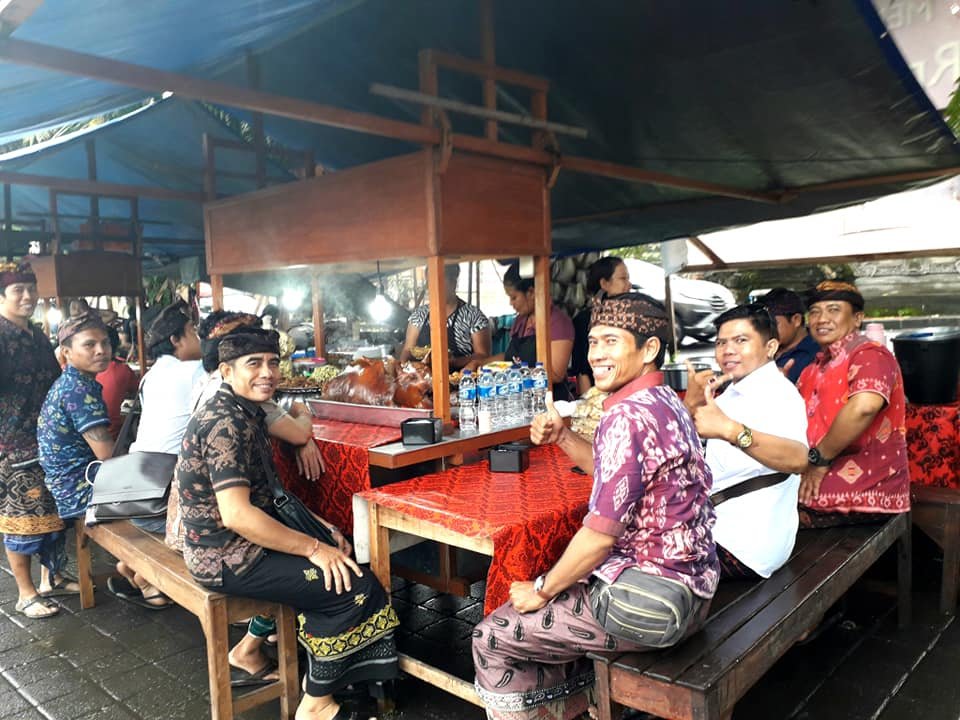
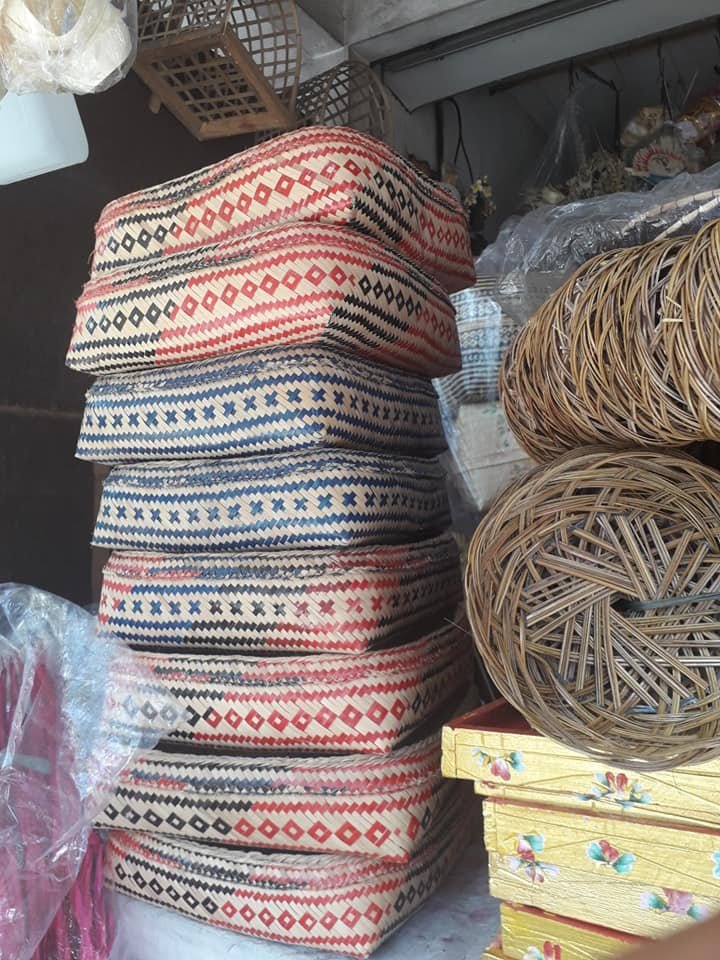

The Hinduism philosophy of Tri Hita Karana or “Three ways to reach spiritual and physical well-being” is applied to all facets of life: harmonious relationships between humans, between humans and their environment, and humans with the Supreme God. As an example, the concept is behind the creation of the Sacred Monkey Forest Sanctuary where monkeys roam free and the sanctuary is designed to provide the primates as natural an environment as possible. Just watch out for some monkeys and follow the rules of the sanctuary to keep out of trouble. There are staff members scattered around to make sure that their wards behave. While walking along a path, one monkey managed to climb on me and it was shooed away by one of the staff who aimed a slingshot for good measure.
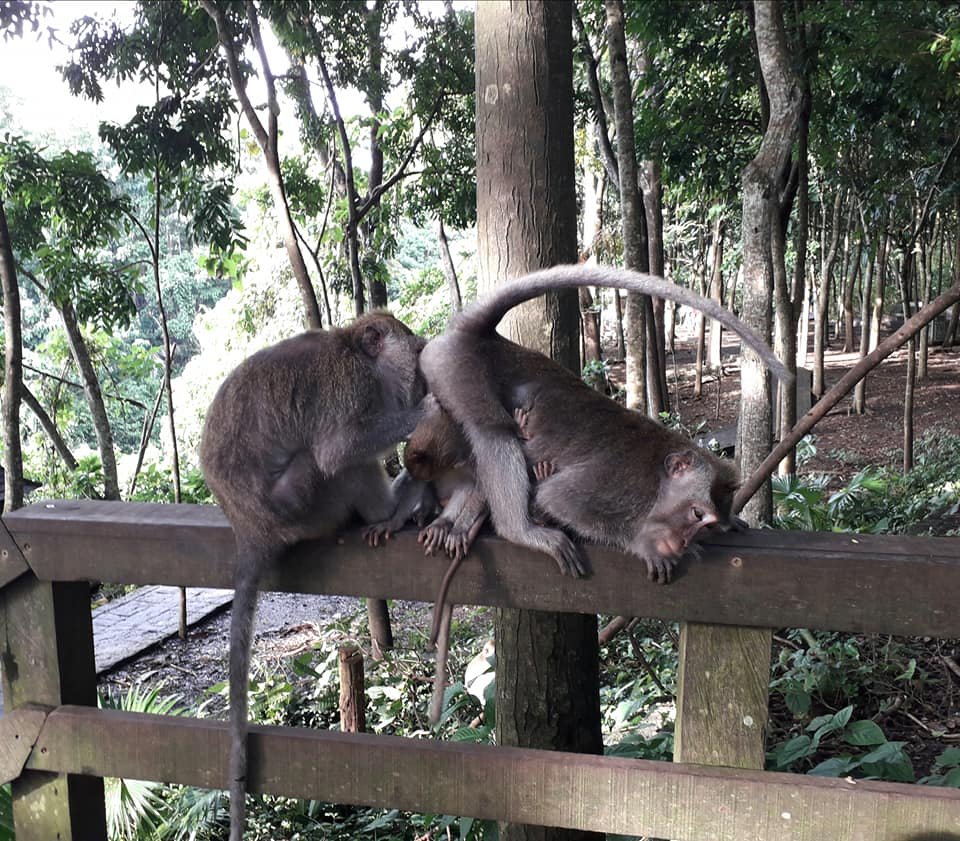

The Philippines is happily represented by my use of the kimona and the patadyong, and beaded velvet slippers. Location: The Green Village 
The architecture of Bali is the kind that has gathered many fans and followers around the globe. To have one’s own peaceful nook is to have plants, stone, bamboo, water, wood and lots of wood – all these displaying the strong attachment of the culture to nature. In fact, a Balinese home will take into consideration its surroundings and design the house accordingly to accommodate the concept of space, nature, harmony, zoning, privacy and hierarchy.
Speaking of hierarchy, a Balinese is named based on his birth order. The first born is “Wayan” or “Ni Luh”; the second born is “Made” or “Kadek”; the third born is “Nyoman”; the fourth born is “Ketut”. If a parent has more than four children, then, the fifth is named “Wayan” and the order abovementioned is applied thereafter.

I would like to include also my observation on some people I have encountered at Ubud. Wayan, the driver of the car we rented, and his wife Maya are unpretentious and lead simple lives. Maya doesn’t even wear jewelry, but the couple owns the car! Also, I was surprised when I met the owners of the guest house that I stayed in. The guesthouse has 19 rooms and is equipped with free wifi, an outdoor pool, balconies for each room, and 24-hour front desk service. Well, not really first-class amenities, but the Bungalows is in a very good location and is safe and clean. Why was I surprised? Because if I owned something like this, I would have been bedecked with finer duds. Rather, if other people on my island owned something like this, they would not be caught dead in slippers and an artless set of clothes, and they would act like they owned a vault full of diamonds. These Balinese people know how to set their priorities.
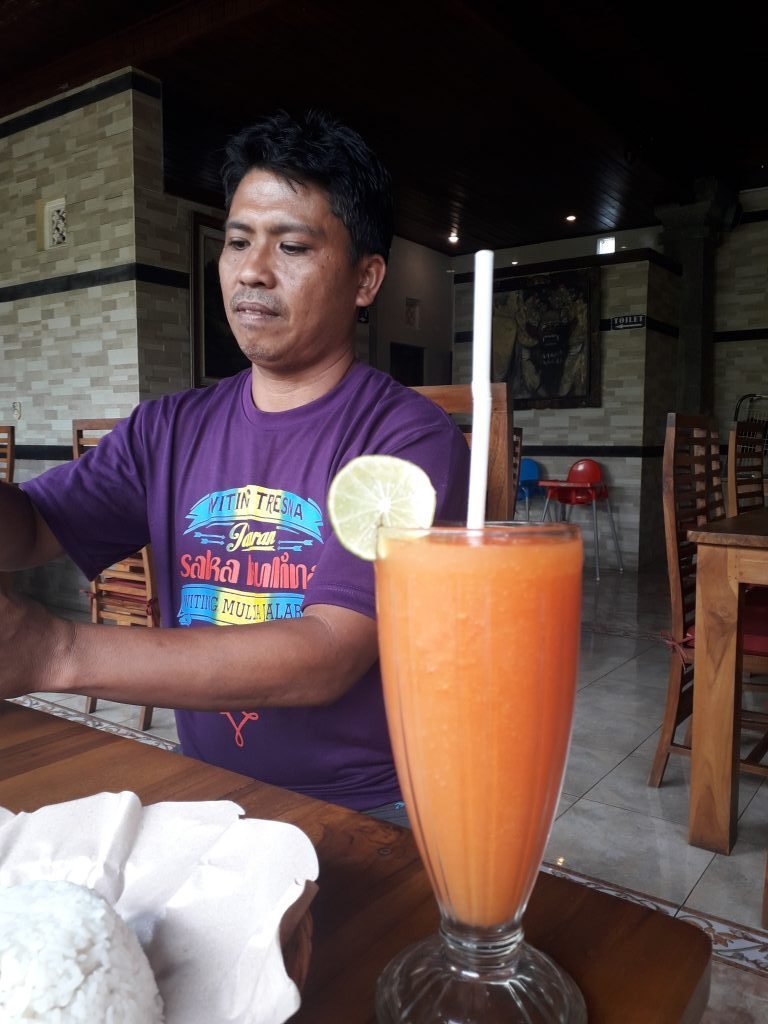
To see Bali is to also see the hundreds or even thousands of temples around the island. There seem to be at least a temple in every block and corner. There are grand temples for the public, and there are small nooks or raised pillars enough for the canang sari. But what I find remarkable, most of all, are the family temples that each residence must have. These are considered holy ground and the sacredness of the space must be taken seriously that only family members are allowed to enter the temple gate. The richer the family, the more elaborate the designs are.
Handcrafted Balinese articles reflect the skill of the island’s artisans and these craftsmen make a good living producing high quality goods for tourists and professionals involved in design and architecture. Hence, a trip to the myriad of shops and the markets is a must whether one buys or not.
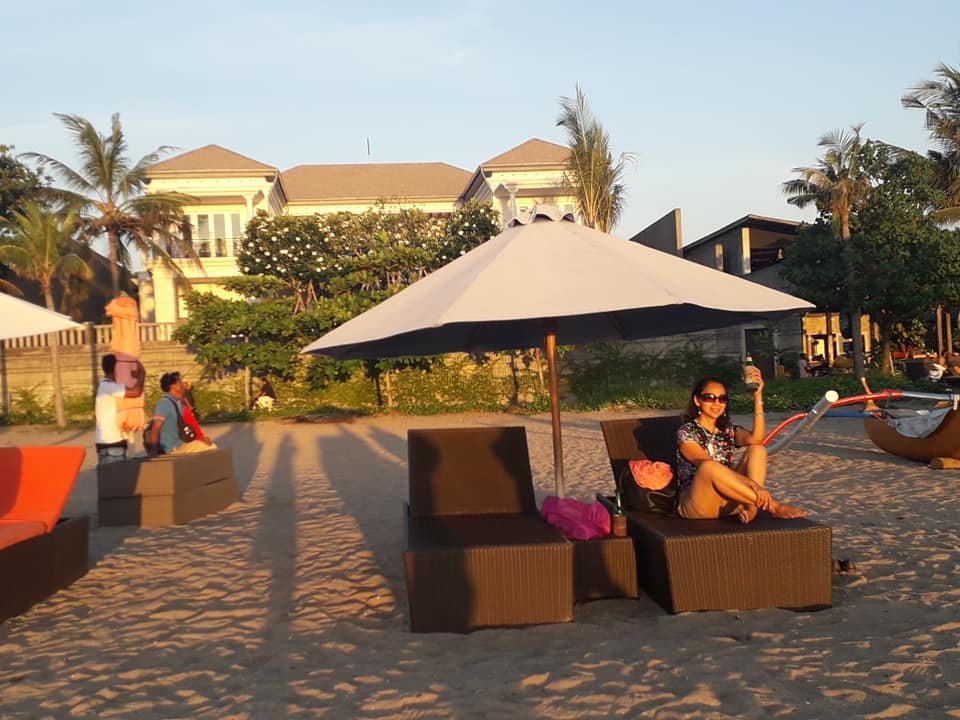
Bali is famous for its beaches. These are clean and obey zoning rules so that visitors may enjoy the wide expanse of sand. There may be enterprising locals who offer you a drink, seats to

Entrance fees:
*Monkey Forest Sanctuary IDR80,000 *Tegallalang Rice Terraces IDR10,000 *Holy Spring Water Temple IDR50,000





